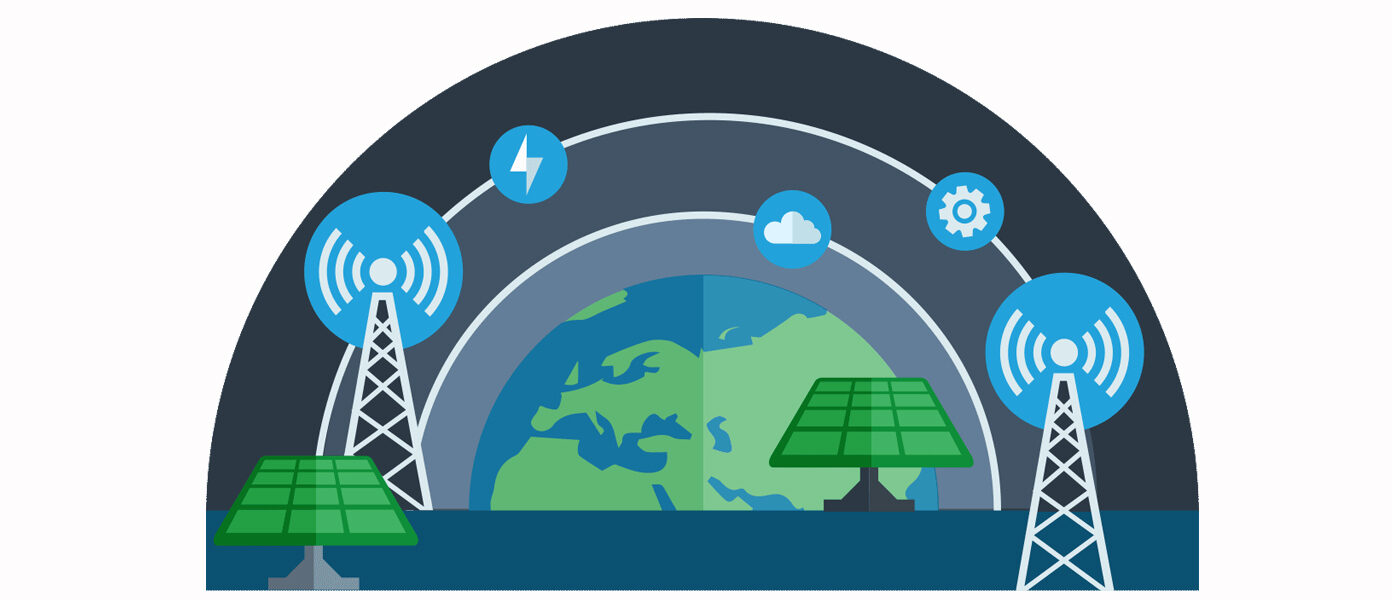Beyond construction: Belt and Road connects economic ecosystems


Massive investments in primary infrastructure have dominated the Belt and Road Initiative (BRI) narrative, but the BRI story is about more than railways, power plants, roads and ports.
The main thrust of the initiative is about connectivity; developing the most efficient means of delivering goods and services between BRI countries. Ports in Sri Lanka and solar panels in Africa are a crucial element of that goal, as is the secondary infrastructure generated around big projects, like telecoms, utilities and basic services.
Beyond this, BRI connectivity advancements encompass everything from fibre-optic cables in Pakistan to Estonian logistics companies processing shipments of Chinese goods into the EU. More than that, BRI is about ‘soft’ infrastructure like customs processes, IT systems and legal regimes in different nations, the alignment of which will smooth the exchange of goods and services around the world.
From construction stage to project maturity, BRI infrastructure investments are spawning multiple ancillary opportunities for local and international companies.
In the middle of the Kazakh desert, as far from the sea as is possible on Earth, China has invested hundreds of millions of dollars in a facility that by 2020 will be the world’s biggest dry port. As the gateway to Central Asia, Russia and Europe, Khorgos will be able to handle 30 million tonnes of rail freight a year when it reaches capacity, slashing the time taken to transport goods to Europe along the maritime route by more than half.
Behind the headline statistics of the freight operation is a wider story of how BRI investments are the progenitor of economic and social progress in Kazakhstan. As a result of the country’s focal position as a Belt and Road land transport hub, the Kazakh government aligned its own ‘Bright Road’ development project with the initiative, planning USD40 billion of spending on public services, logistics, infrastructure and small-business development. BRI has prompted the Kazakh government to reshape the country’s domestic industries to synchronise them with BRI goals. Reshuffling global transport routes is part of that strategy.
In Khorgos, the port project has spawned a raft of other developments – some complete, others planned or under construction – designed to turn the city into a business, cultural and tourism centre, promoting industrialisation and creating up to 25,000 jobs by 2025 in the process:
Less visible, and less likely to generate headlines, is the profound impact the BRI is having in areas like technology and customs.
Moving vast amounts of goods through Belt and Road countries involves navigating multiple systems and standards. Rail gauges are different in China and Central Asia, container sizes are not standardised, and freight moving between China, Russia, Central Asia and Europe is subject to an assortment of customs processes and legal regimes.
All these obstacles slow trade. To clear them, China Railway Rolling Stock Corp. is developing track-changing trains, and talks are underway on standardising rail freight containers. Tracking systems based on blockchain technology and running on 5G mobile networks that may be standardised across BRI countries will enable customs authorities to verify the contents of shipments digitally. Combined with seamless transport hardware, this may ultimately enable a container to be loaded in Beijing or Europe and moved uninterrupted by sea, road or rail all the way to Africa, across Asia or the Middle East.
The BRI is about more than concrete, steel and glass. Big construction projects draw the attention, but the economic ecosystems they propagate and connect are the ultimate goal of the initiative.
This article was also published on Bloomberg.com.